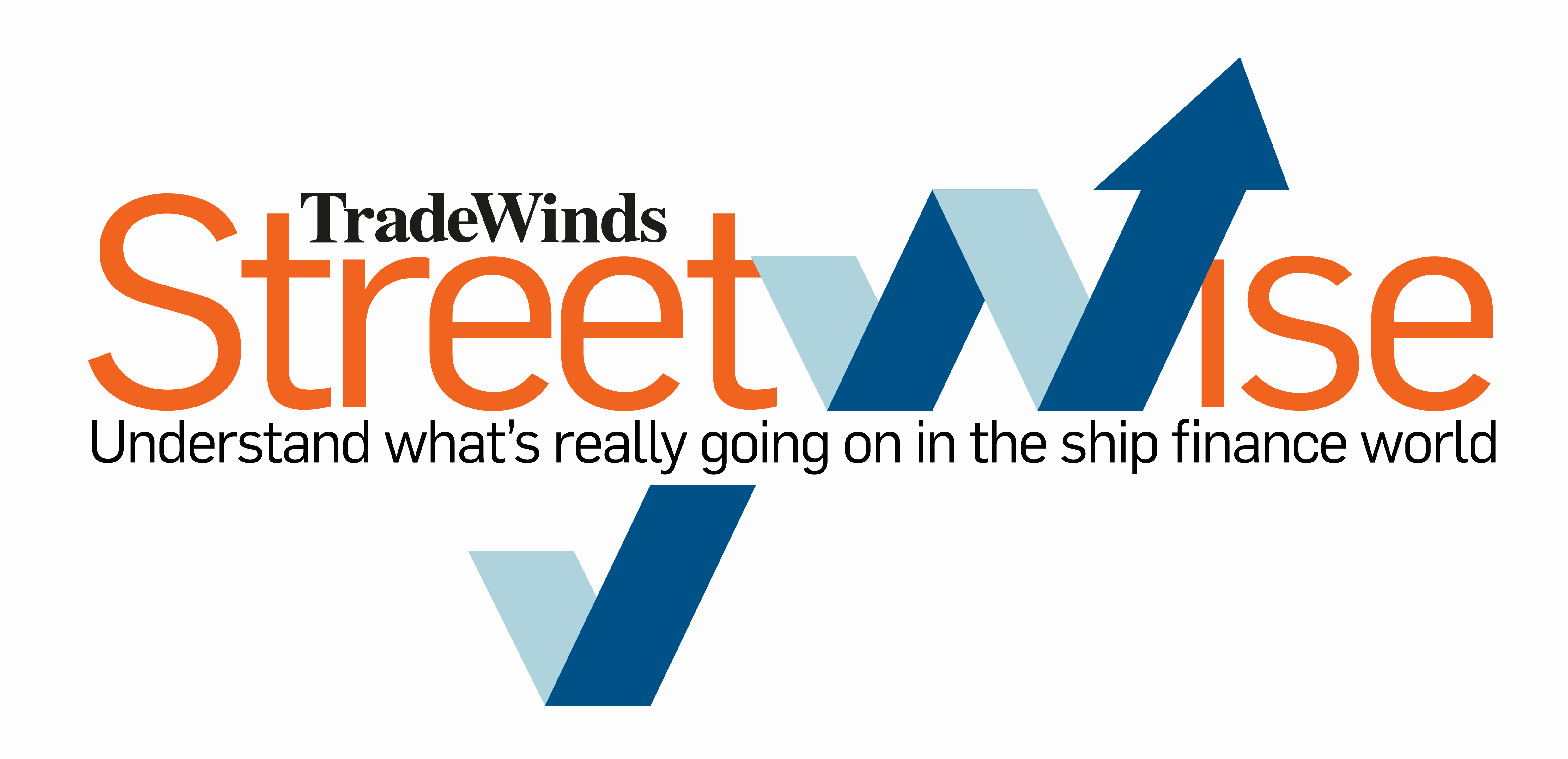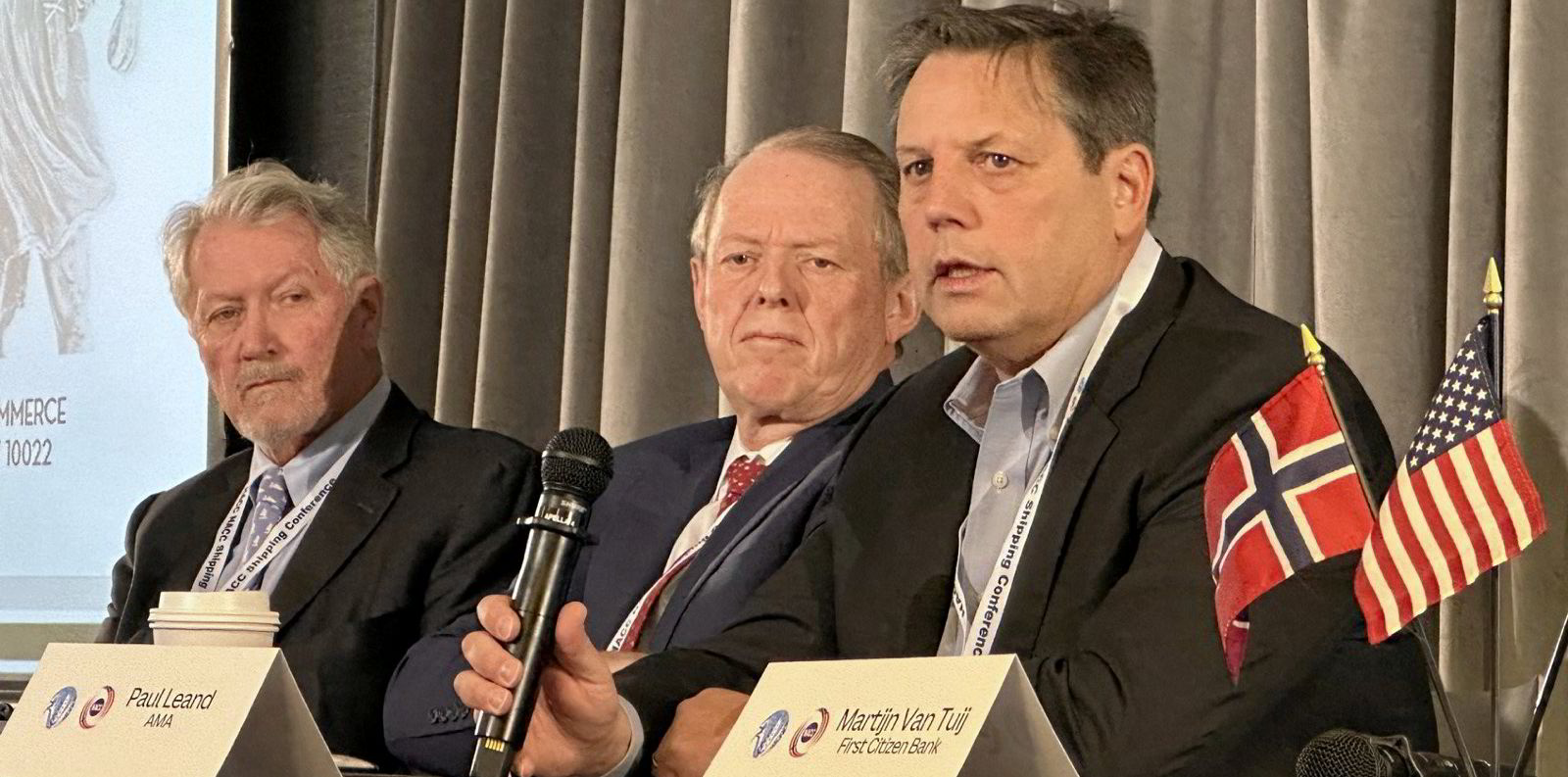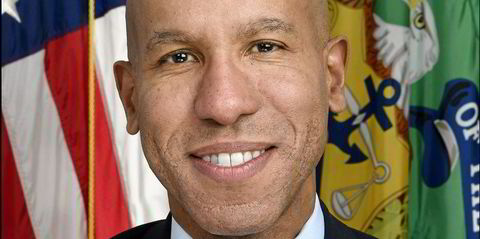The offshore energy sector is looking like fertile ground for bank lending for the foreseeable future, but prospects for wind projects are another story.
That was the take from a panel of veteran lenders on Tuesday at the 30th Annual HACC-NACC Shipping Conference, an event held in New York by the Hellenic American and Norwegian American chambers of commerce.
Morten Arntzen, senior shipping adviser for Macquarie Bank, told the conference that opportunities for countercyclical outfits like his had been created by the reluctance of the big traditional shipping lenders to return to a resurgent sector in which they had previously lost their shirts.
“One of the things you learn in this business over the years is supply matters, supply matters, supply matters. You play the sector where the money isn’t going,” he said.
“The great thing is that even in markets where you don’t have great development growth, the gap between what you can earn on a rig or a supply vessel and the cost to build a newbuilding is still an enormous gap. Smart money will find assets they can bring back into the market.”
It will take several years for financing of newbuildings to become economically feasible, which means great opportunity in the existing fleet. “This market has legs,” he said.
However, Arntzen took quite a different tone when moderator Sophia Agathis asked the panel about their interest in offshore wind projects.
“Specialised ships. No secondhand market. No long-term contracts. No operating history. High political risk. What’s not to like about it,” Arntzen quipped to laughter from the audience.
His comments were met with agreement from other panellists, including Martin Lunder, the former Nordea shipping head who now runs his own shop, Green Harbour Advisors.
“We can’t really get them the money they want,” he said. “The contracts don’t justify the risks. You have to take on residual risk. It’s tricky.”
Asked about private-equity opportunities in wind, AMA Capital Partners chief executive Paul Leand said there is plenty of interest, as “the biggest shining light is the government mandates”.

However, prospective investors often have trouble with the hard truths that the economics of current projects don’t add up.
“We’ve done probably three consulting projects with AMA and keep coming back with numbers that show anaemic returns,” Leand said.
“We go back to the funds and instead of going away, they ask, ‘Can you run the numbers again?’
“There’s such demand for these funds to place money. Whether it’s well-placed money — time will tell.”





